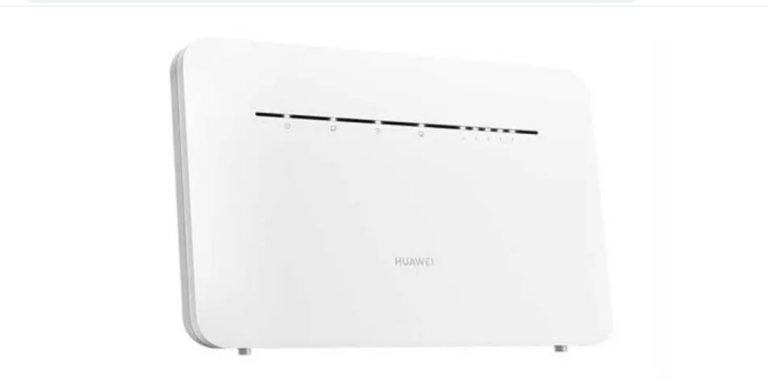The g clamp, often called C clamps, are a useful and adaptable instrument with a wide range of uses in the workplace, at home, and in industry. They are a necessary component of any toolbox because they come in a variety of sizes and materials.
G clamps are great for a multitude of uses, including clamping objects together, holding objects in position, and fastening materials. G clamps are a necessary piece of equipment for every metalworking or woodworking operation. They are also quite helpful for do-it-yourself projects like making repairs or modifications.
All regarding G clamps will be covered in this post.
How Do G Clamps Function?
To clamp, hold, or secure objects together, people typically use a type of clamping tool called a G clamp. They are available in a variety of sizes and materials, allowing them to be used in numerous applications.
A G clamp’s two fundamental components are its movable jaw and fixed jaw. The adjustable jaw can frequently be altered to alter the clamp’s dimensions and pressure. Usually constructed of metal, the fixed jaw is non-adjustable a screw is affixed to it, allowing you to secure it in place.
Different G clamp types
G clamps can be divided into two main groups: light duty and heavy duty. Light duty G clamps in smaller sizes are easily accessible and regularly used for simple clamping applications. For heavier applications, larger heavy duty G clamps are more suited.
Sizes of G clamps
G Clamps are available in a variety of sizes, ranging from 1/4″ to 12″.
How to Use G Clamps: Some Tips:
To begin with, make sure the clamp is correctly adjusted for the material thickness you’re using. Both too tight and too loose will prevent your clamps from holding the material in place safely. The clamp should then be properly tightened so that it won’t move or get loose while you’re working. You should now insert one end of the clamp onto the piece of material in order to apply the clamp. As near as you can get it to the edge of the material without overlapping is ideal. The other end of the clamp should then be slid onto the opposite side of the material. Last but not least, tighten the clamp until it is securely fastened.
How to Choose the Right G Clamp:
When choosing a G clamp, it’s important to consider the application as well as the size of the material or object you want to clamp.
For lesser applications, a light duty G clamp is often sufficient. For heavier applications, a heavy duty G clamp will provide improved stability and security.
The size of the clamp must be considered. With heavy materials, larger clamps perform better than smaller clamps do with lighter ones.
Final Word:
G Clamps are an indispensable equipment that can be used for a variety of tasks. Because they are available in so many different sizes and materials, they are a great asset to any office. Avoid overtightening the clamp and make sure the G Clamps you use are the right size and material for the task at hand. With the proper G Clamp, you can securely clamp, hold, and hold objects together with ease.










